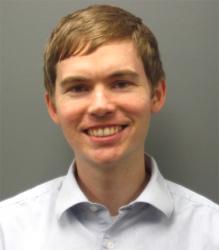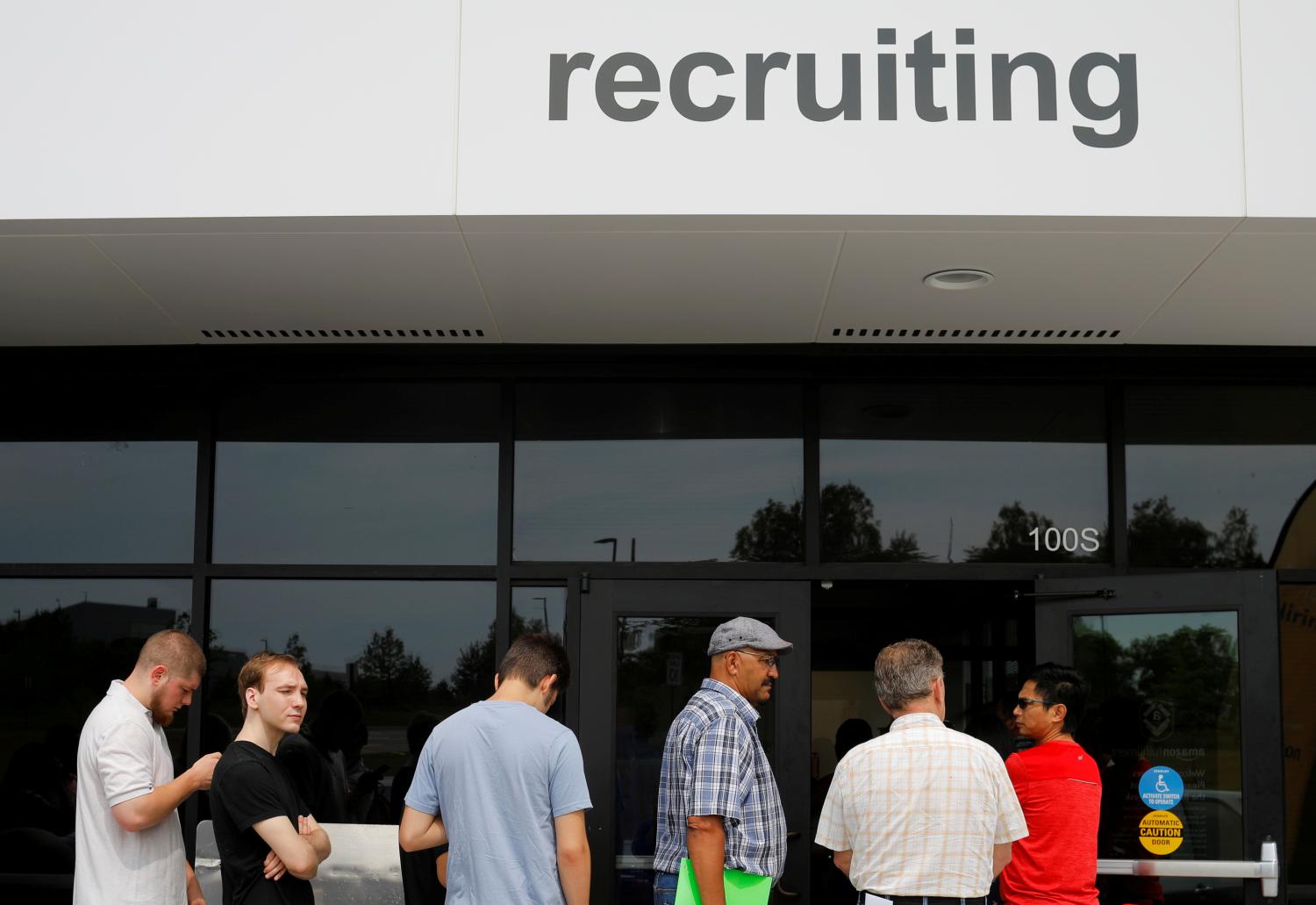After an involuntary job loss, unemployed individuals suffer large and persistent negative impacts on their earnings. The unemployment insurance (UI) program offsets a significant proportion of income losses and helps to facilitate consumption smoothing after these negative shocks. But what effects does UI have on labor market outcomes for recipients?
Recently, researchers have been concerned that worker mobility has been declining as labor markets become less flexible. Diminished mobility can impact wages and job match quality. In “Unemployment insurance and worker mobility” (PDF), Brookings fellow Ryan Nunn, Laura Kawano, and Ben Klemens examine the effects of unemployment insurance on geographic mobility.
As part of their investigation, the authors examine the rules governing the portability of different types of extended UI benefits. They find that the non-portability of certain forms of unemployment insurance benefits acts as an “implicit tax” on certain moves following a job loss, leading to diminished mobility. However, more-generous maximum duration of UI appears to lead to increased geographic mobility.
These impacts matter for policy. Unemployment insurance has been the subject of a number of reform discussions in recent years, making it especially important to fully understand the effects of the program. The Obama Administration had proposed to reconfigure all of federal UI into a mandatory, automatic program that would be triggered by increases in state unemployment rates and would not require Congress to pass special legislation immediately after a recession begins. Under such a reform, the authors maintain that it would be desirable to ensure that worker benefits are fully portable across states.
More importantly, a robust debate is in progress regarding the benefits and costs of UI. Understanding the migration effects of UI duration is an important piece of the puzzle, both for optimal UI design and for countercyclical fiscal policy.
Read the full report here.
The authors did not receive financial support from any firm or person for this article or from any firm or person with a financial or political interest in this article. Neither is currently an officer, director, or board member of any organization with a financial or political interest in this article.
The Brookings Institution is committed to quality, independence, and impact.
We are supported by a diverse array of funders. In line with our values and policies, each Brookings publication represents the sole views of its author(s).






